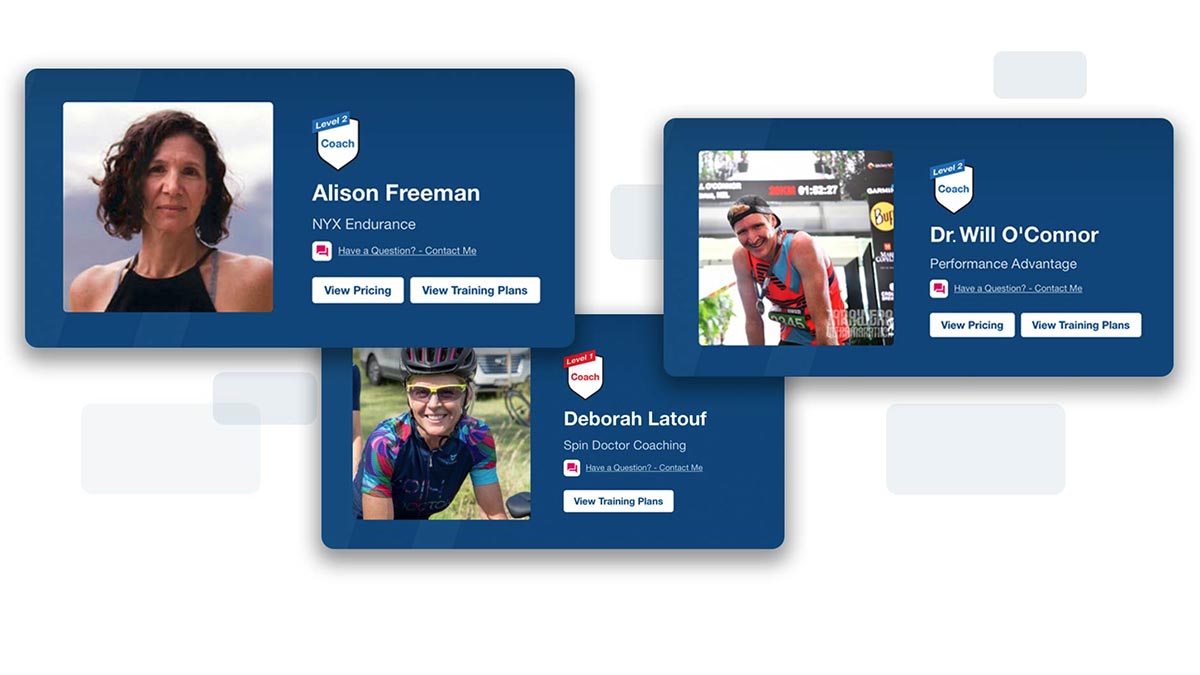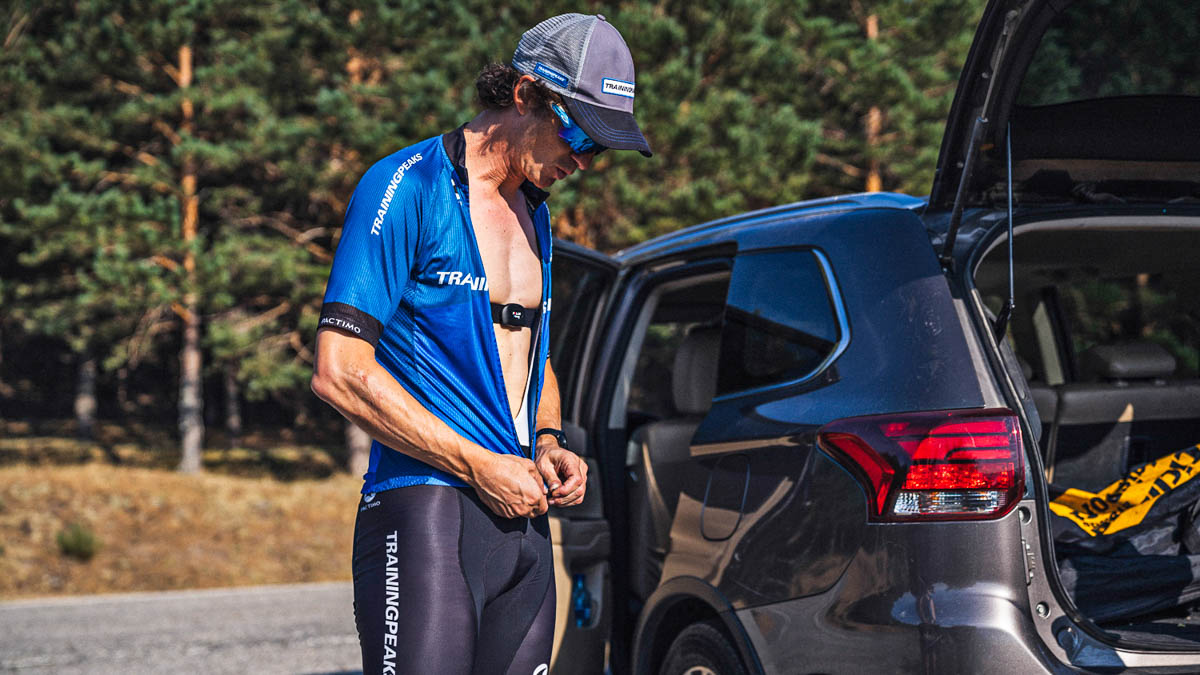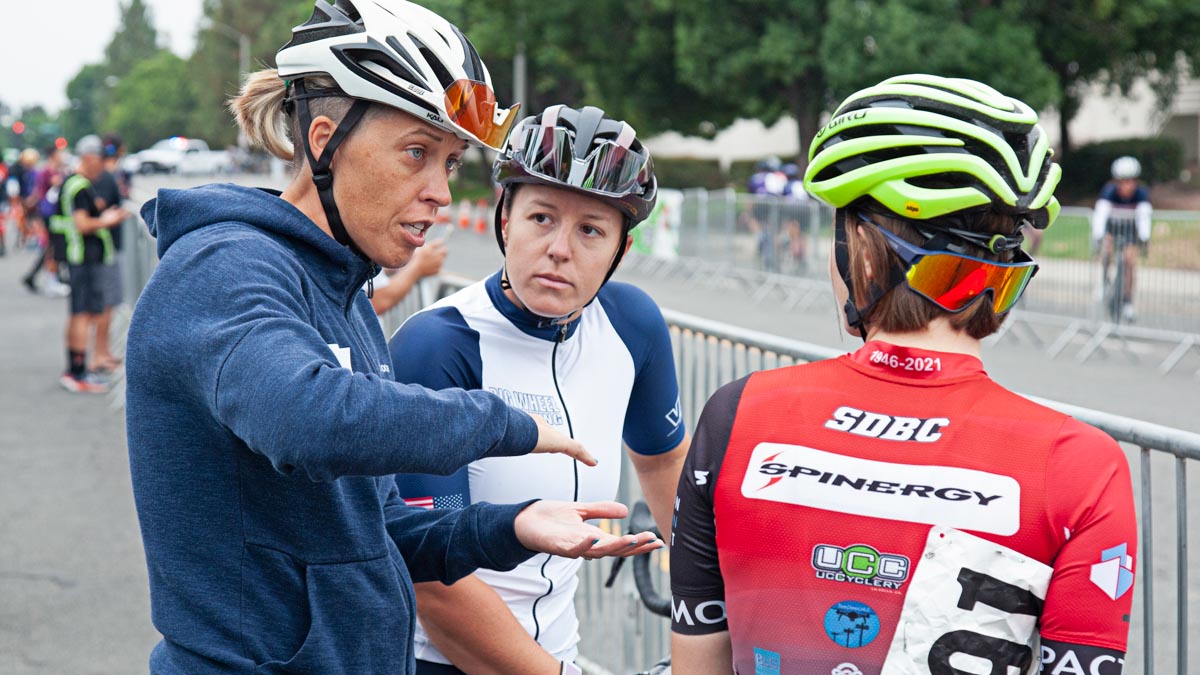Based on a TrainingPeaks poll of coaches, over 75 percent of coaches have no formal business plan. However, many of these same coaches are looking to grow their businesses in the coming year. My goal is to help you move into the 25% of coaches who are building and executing a business plan that includes marketing so that you can reach more athletes and grow your business.
The first step in this process is to gain clarity on who you are talking to — your ideal athlete. This step is critical because you need to know who you’re talking to for effective communication. When you have a conversation with a person you know nothing about, the discussion can be difficult. Convincing them to invest time and money in you as their coach is even harder.
Instead, you typically start by asking questions to learn more about each other, which leads to deeper conversations. In the same way, take the time to understand your ideal athlete, which will allow you to tailor your message to the right person.
How would you answer this question for your business — can you describe your ideal athlete? If your current answer is “runners or triathletes looking for a coach”, today is the day to narrow that scope.
Narrowing Your Scope
You may think that having a broad view will help you to work with more people, but you’ll find a broad scope actually limits your growth. When you try to serve everyone, you speak and write in broad terms that don’t speak to anyone.
Take time right now to describe your perfect customer — the kind of athlete you love to coach. Think about some of the athletes you love working with. Who have you had the most success in helping reach their goals?
Now, ask yourself the following questions to really dig into what your ideal athlete looks like and what they don’t look like:
- What are their goals?
- What do they enjoy doing when they aren’t training?
- What kind of gear do they use for training?
- Do they need a lot of encouragement and “cheerleading,” or do they prefer tough love?
- Where do they live?
- Do they like meeting in person, on the phone, by email only, or via video chat?
- Are they high-tech or low-tech?
- How much time do they spend training?
Use these questions to start building a description of your ideal athlete. At the end of this exercise, you should have a very clear outline of this person. You’ll often hear those of us in marketing call this a persona.
Personas
If you coach multiple sports or work with different levels of athletes, you may want to repeat this exercise for each sport and level of athlete. The goal is to understand each type of athlete, allowing you to customize your messages.
Let’s consider an example persona to better understand how this can help your business.
Imagine one of your target personas is a beginner runner who wants to complete their first 10K distance race. This person is a mother of two who lives in the suburbs and works a full-time job. She enjoys the social aspects of running and is comfortable with most technology — which is why she purchased a basic GPS watch to track her training. She doesn’t want to spend too much time away from her family but sees this as her time to recharge.
When speaking to this person, you will want to reinforce the value of fitness and running in a balanced lifestyle. The primary focus should be on conquering new goals and improving running, as opposed to winning races. As a beginner runner, you don’t want to include a great deal of jargon in initial messages, as the terms may not be as familiar to her, and you don’t want to overwhelm them from the start. She is comfortable with technology, so remote coaching is a good option, and video consults will likely be a great way to connect. The training programs you offer should focus on providing results without requiring a high time commitment to support family balance.
If your target persona is a top age-group competitor with aspirations of overall wins at their key races, your messaging should be very different than described above. This is why understanding your ideal customer persona(s) is such a critical step in your marketing plans!
Once you have a clear description of your ideal athlete or athletes, keep this somewhere you can reference on a regular basis. Every time you share information related to your coaching business, online or offline, make sure that you are speaking to your ideal athlete. You will also want to compare potential athletes to this model to help determine if each person is the right fit for your business.
Congratulations, you’ve taken the first step in building the marketing plan for your business!









